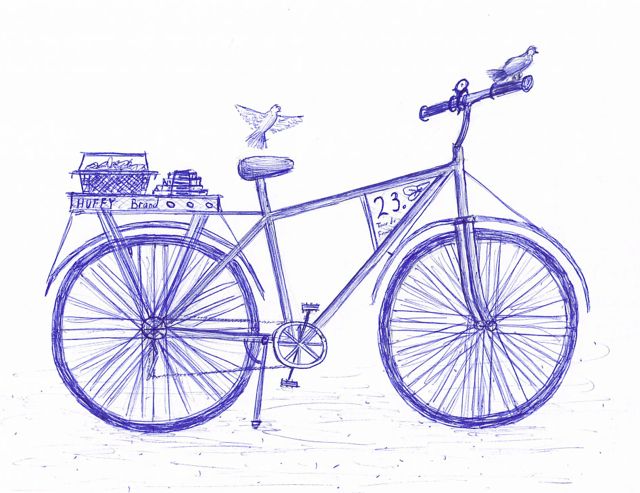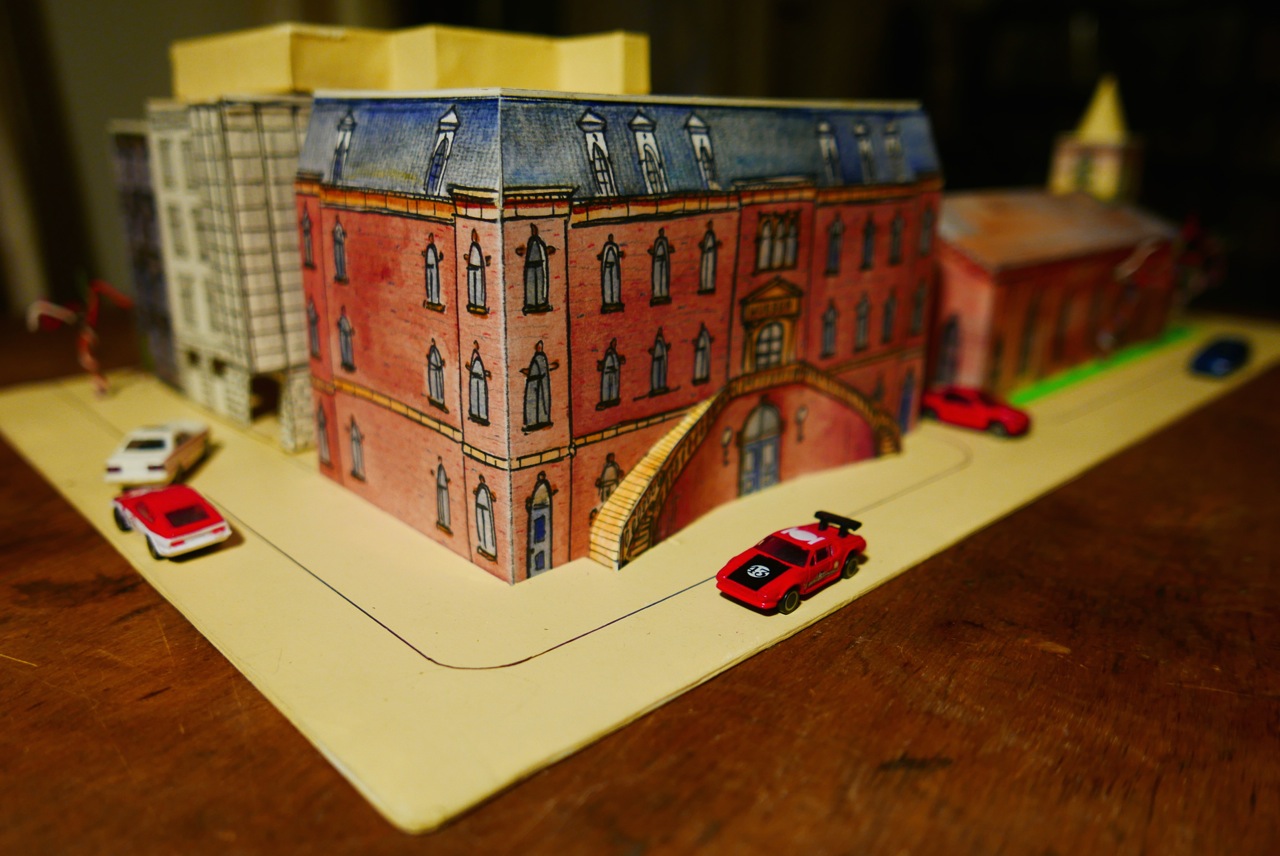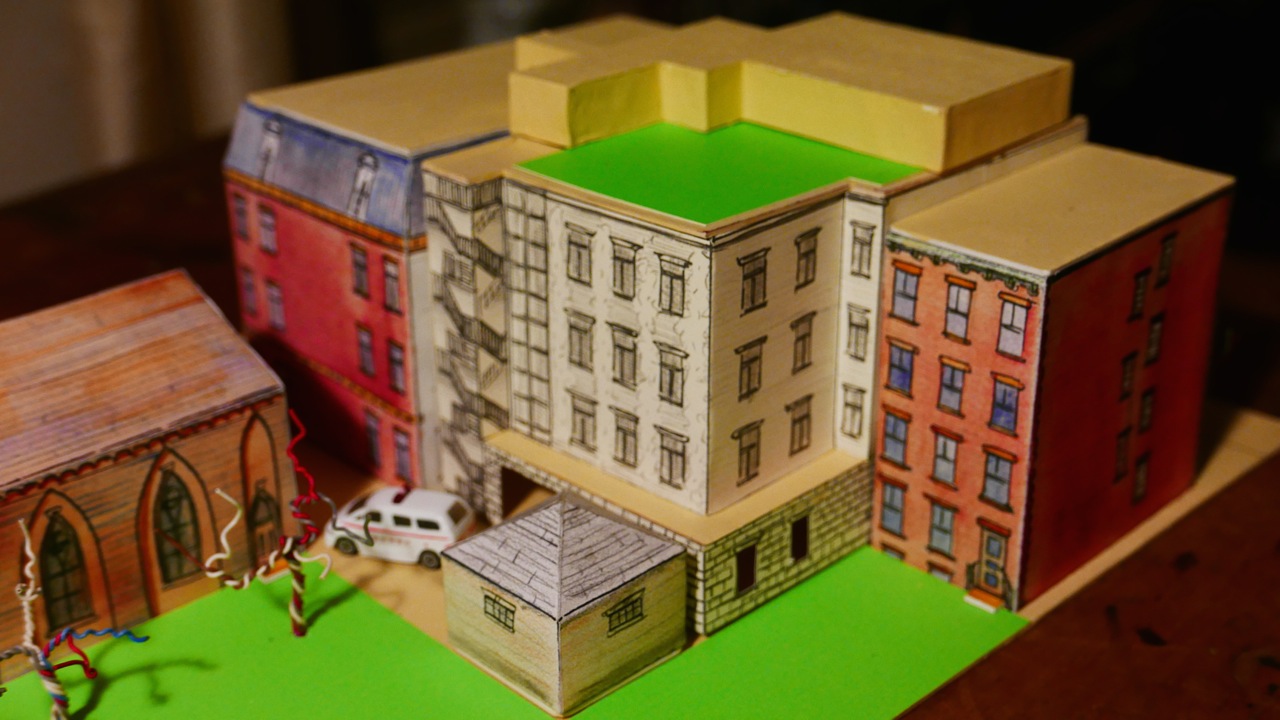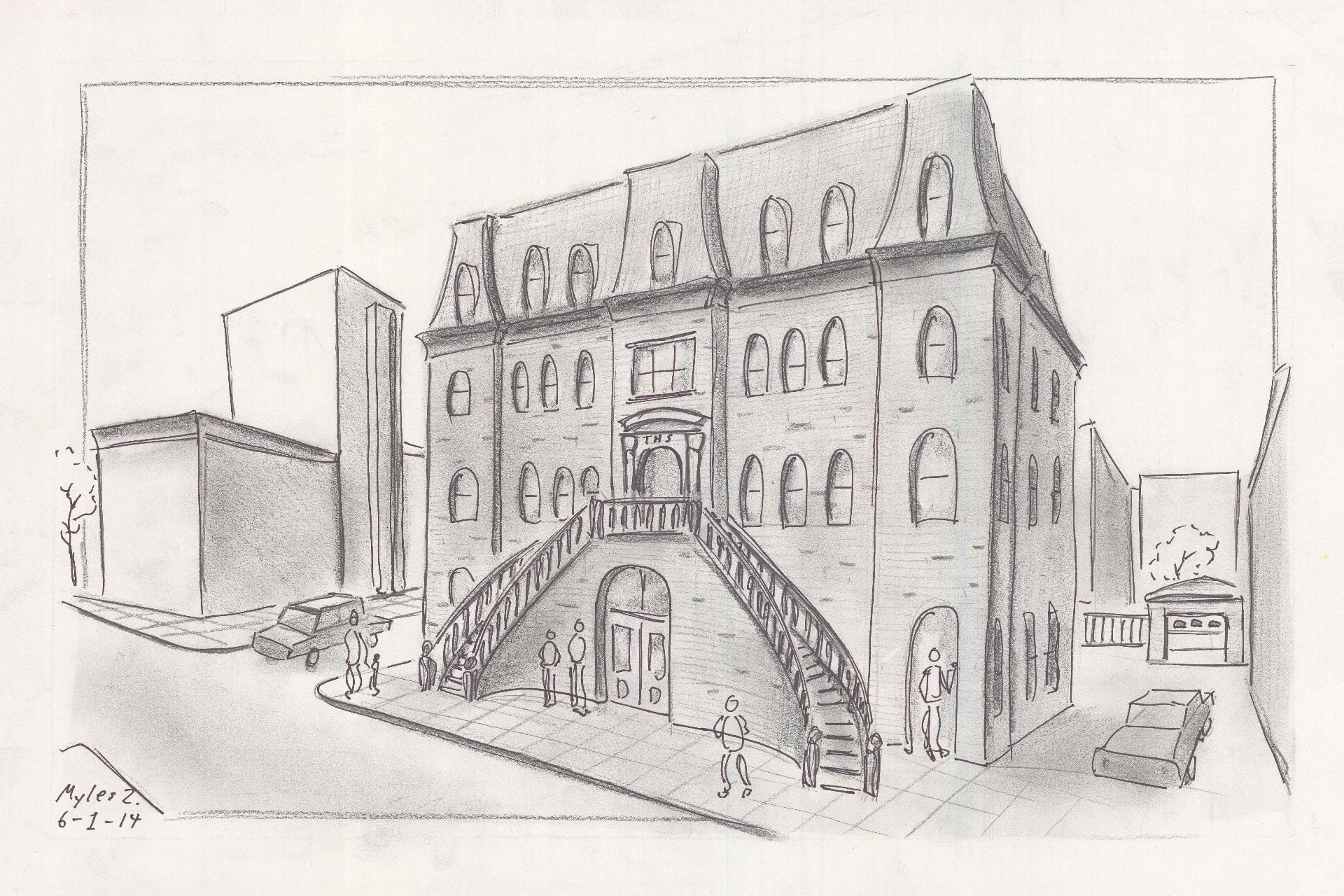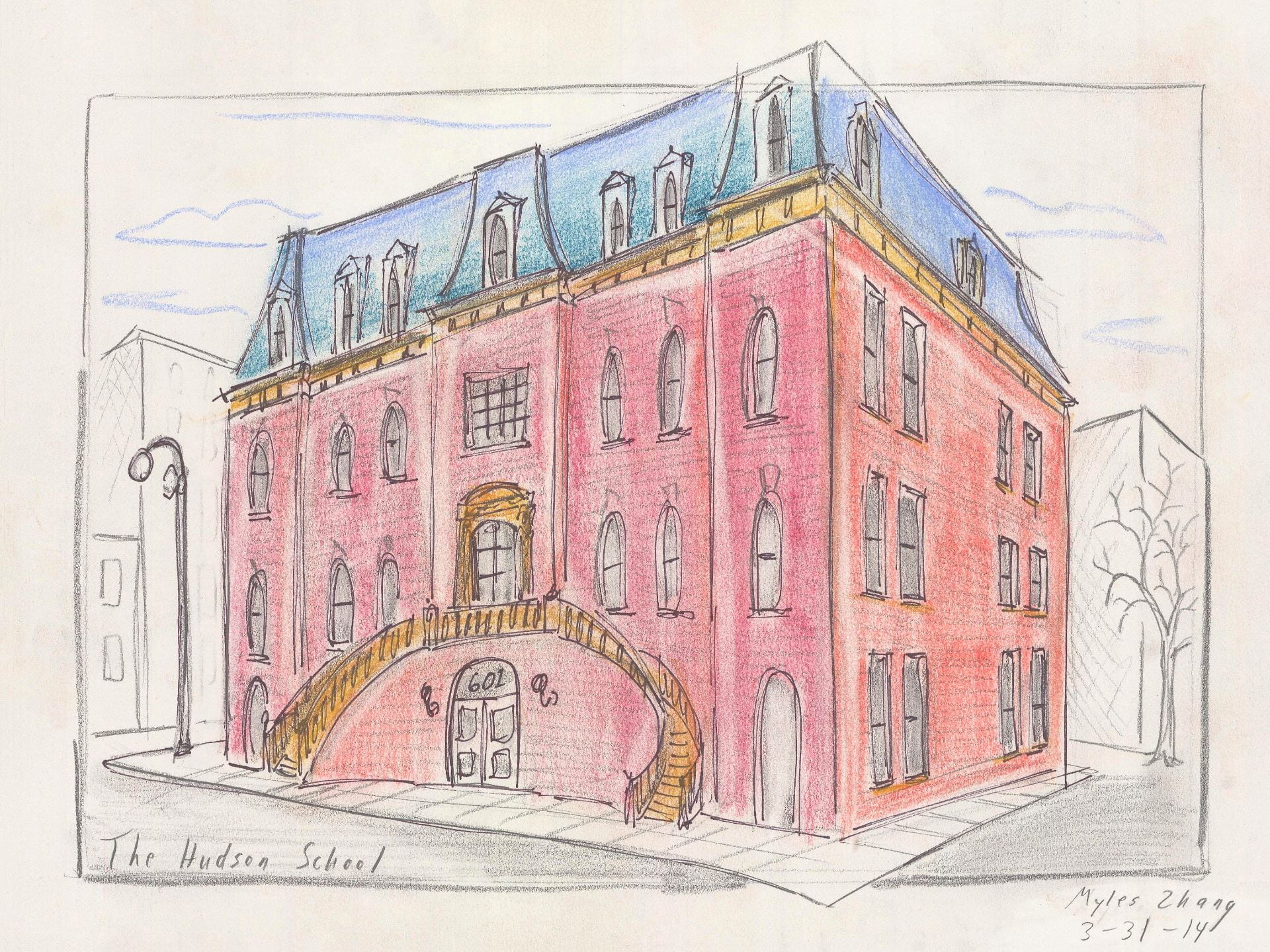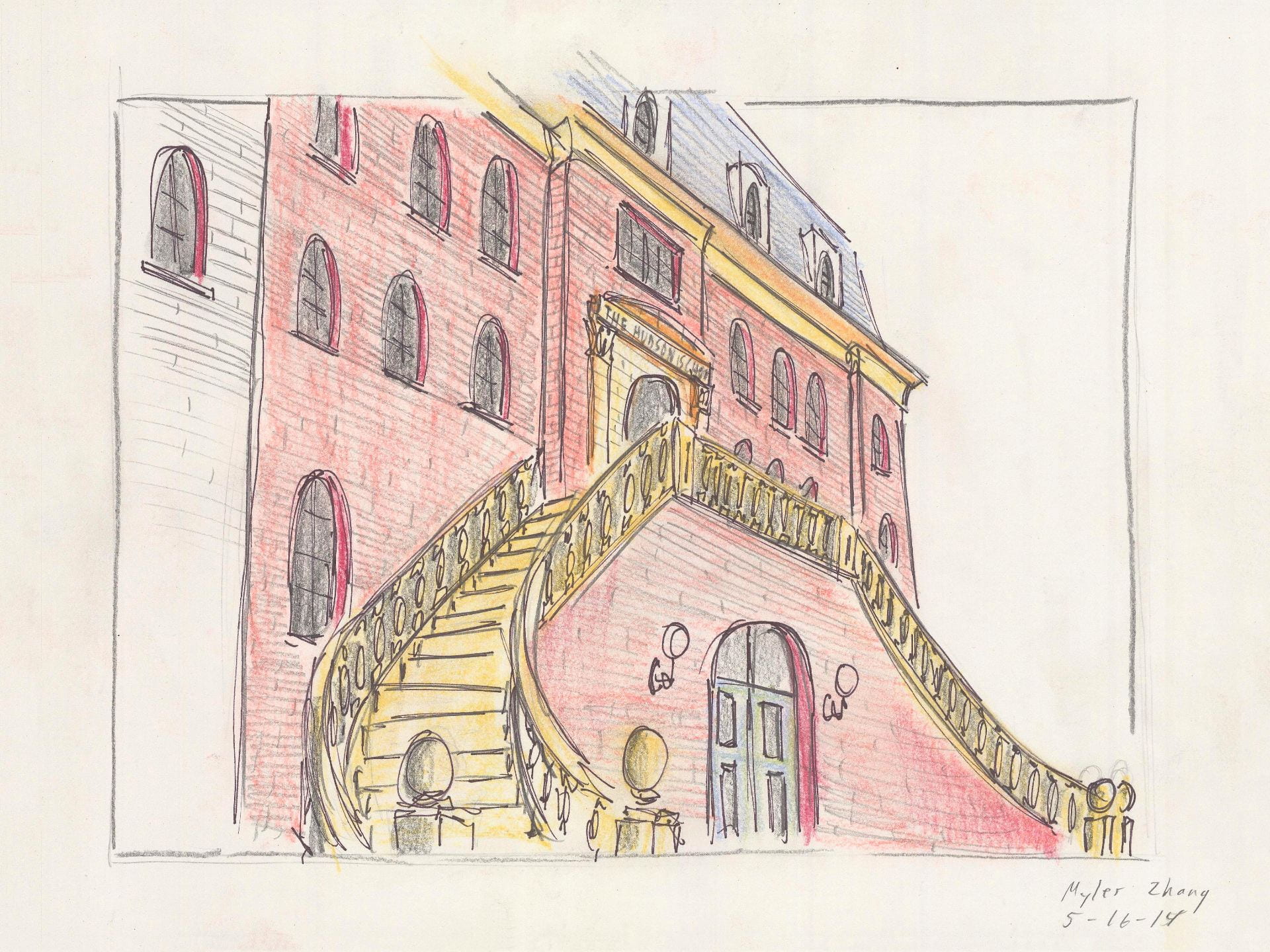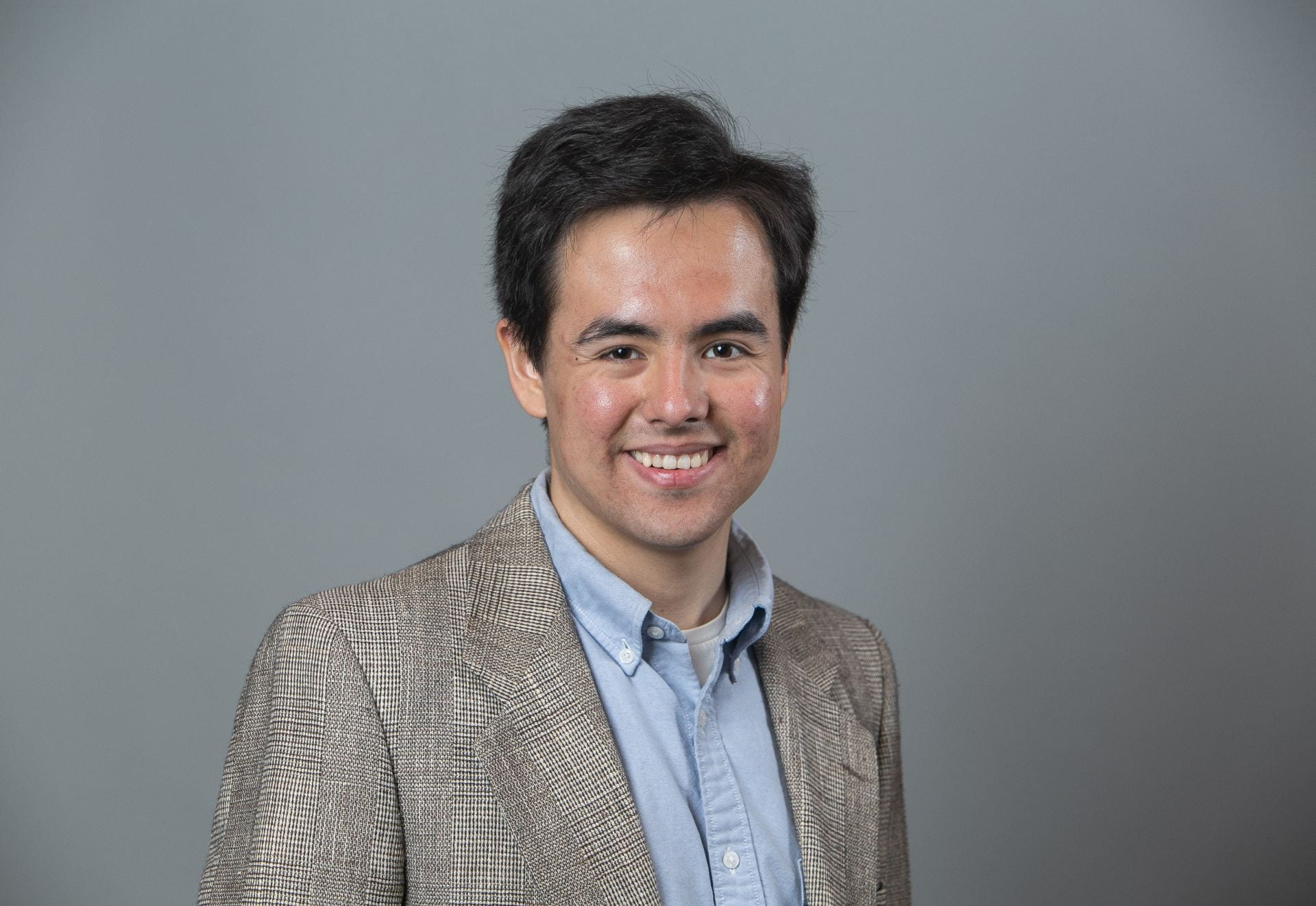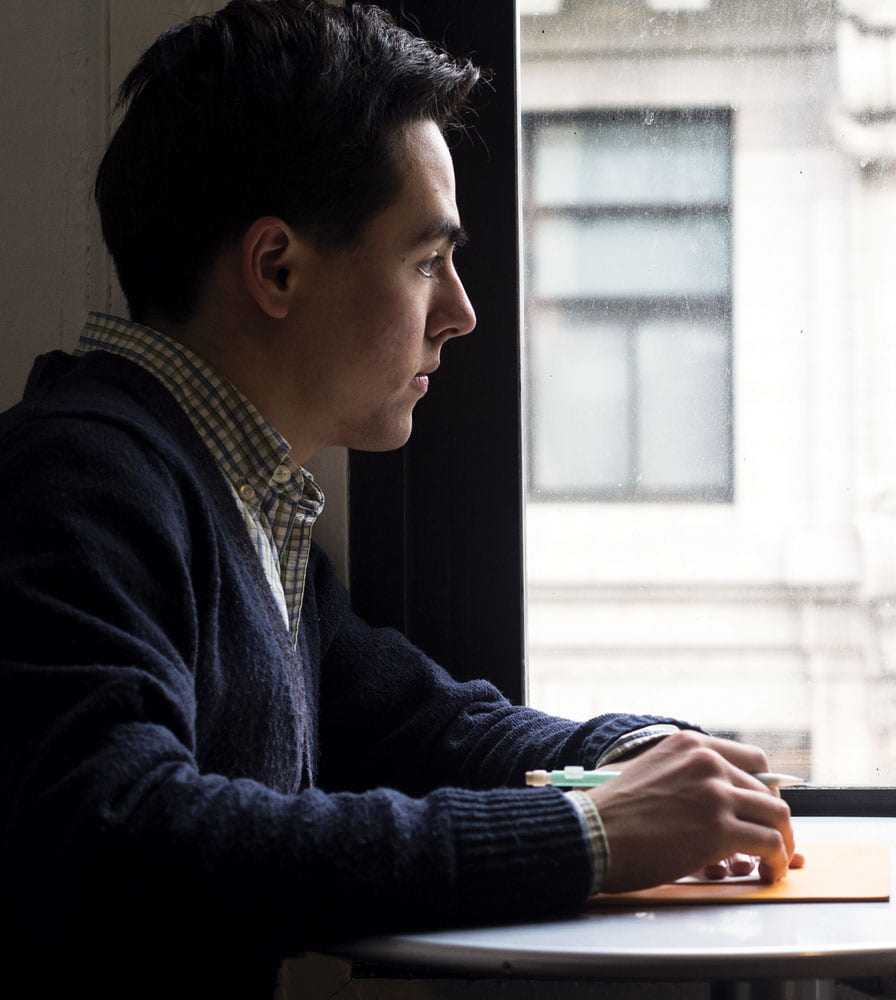Rome, the Eternal City, the city of a thousand jeweled churches. Each church a treasure trove of glistening gold and baroque drapery cascading over its roof and walls. Each street a channel to and from some unexpected street side treasure: A Roman coffin turned public fountain, a marble column turned city wall, or a dark alley where the sound of water drips eternally. Rome is the city of reinvention with each subsequent structure built on the physical and symbolic history of Greece, Rome, the Middle Ages, the Renaissance, and the modern era.
Physicist Isaac Newton once proclaimed that: “If I have seen further, it is by standing on the shoulders of giants.” Rome, too, can remind herself that: If I stand more powerful and majestic, it is not thanks to current accomplishment but to the bedrock of history that accumulates treasures through time and value through age. Rome, too, stands “on the shoulders of giants:” The Roman Empire gave Rome her aqueducts and temples, the Renaissance gave Rome her churches, and the hand of Mussolini gave Rome her fascist monuments and boulevards sliced through the urban core.
Despite being grounded in history, Rome is very much a city of the present. The human fabric of this city may have left the urban core with waves of gentrification and tourism, but the spirit of a living and breathing city endures. North African immigrants peddle their umbrellas and selfie-sticks in the shadows of the Coliseum. Mass with the Pope continues in Saint Peter’s beneath Michelangelo’s majestic dome. Tourists may come and go. Time may pass. The Eternal City will endure and evolve.
When I returned home, I painted a map of Rome from memory (seen above). When I gaze at this map, framed in my room, I am reminded of the generations of historians who passed before me. I wonder in what way will I contribute to understanding the built environment. Rome still appears in my dreams, where I walk through Rome on the cobblestone paths that guide me forward. When I awake, I have a mental image of where I traveled.
.

Chiesa del Gesù


Capitoline Hill


Via Nazionale

Roma License Plate

Watercolors

Imaginary

Trastevere

Roman columns abut the Church of San Nicola in Carcere.

Via Julia

Villa Doria Pamphilj

Victor Emmanuel Monument

Via Nazionale

Grafitti: A Roman Tradition

Trastevere

Fellini and Pièta

Hustler for Spagetti Restaurant

Selling Cooking Utensils

Marketplace

Trastevere

Trajan’s Column

The Maltese Keyhole: A View Toward Saint Peter’s

Saint Peter’s Basilica

Tiber Island

Tiber by Dusk

Pope Francis Memorabilia

Piazza di Santa Maria in Trastevere

Ministero dell’Istruzione Pubblica

Ostia Antica

Pons Fabricius

Male Caryatid

Piazza di Santa Maria in Trastevere

City of Angles

Trastevere

Via Vittorio Emmanuele

Pantheon Panoramic

Pantheon

Arch of Constantine

Quirinal Guardhouse

Chiesa del Gesù

Villa Borghese

Villa Borghese

Villa Borghese

Castel Sant’Angelo

Outside the Pantheon (Photo credits to Maia Zhang)

Capitoline Hill

Baths of Caracalla

Baths of Caracalla

Baths of Ostia Antica

Via Julia

Via Appia

Via Appia (With Mom & Dad)

Via Appia with Medieval Fortress

Via Appia

Trastevere

Art meets Industry

The Forum by Night

The Forum by Day

The Forum of Caesar

The World of Piranesi

Roman Water

Ostia Antica

Cat Sanctuary of the Piazza Argentina

Mussolini Meets Peroni

Roadside Monument to Motorcycle Death

Italian reads: “And the beast who does not gather…”

Saint Peter’s Basilica

Saint Peter’s Basilica


Cobblestones Commemorating Jews Deported to Auschwitz


SPQR


SPQR


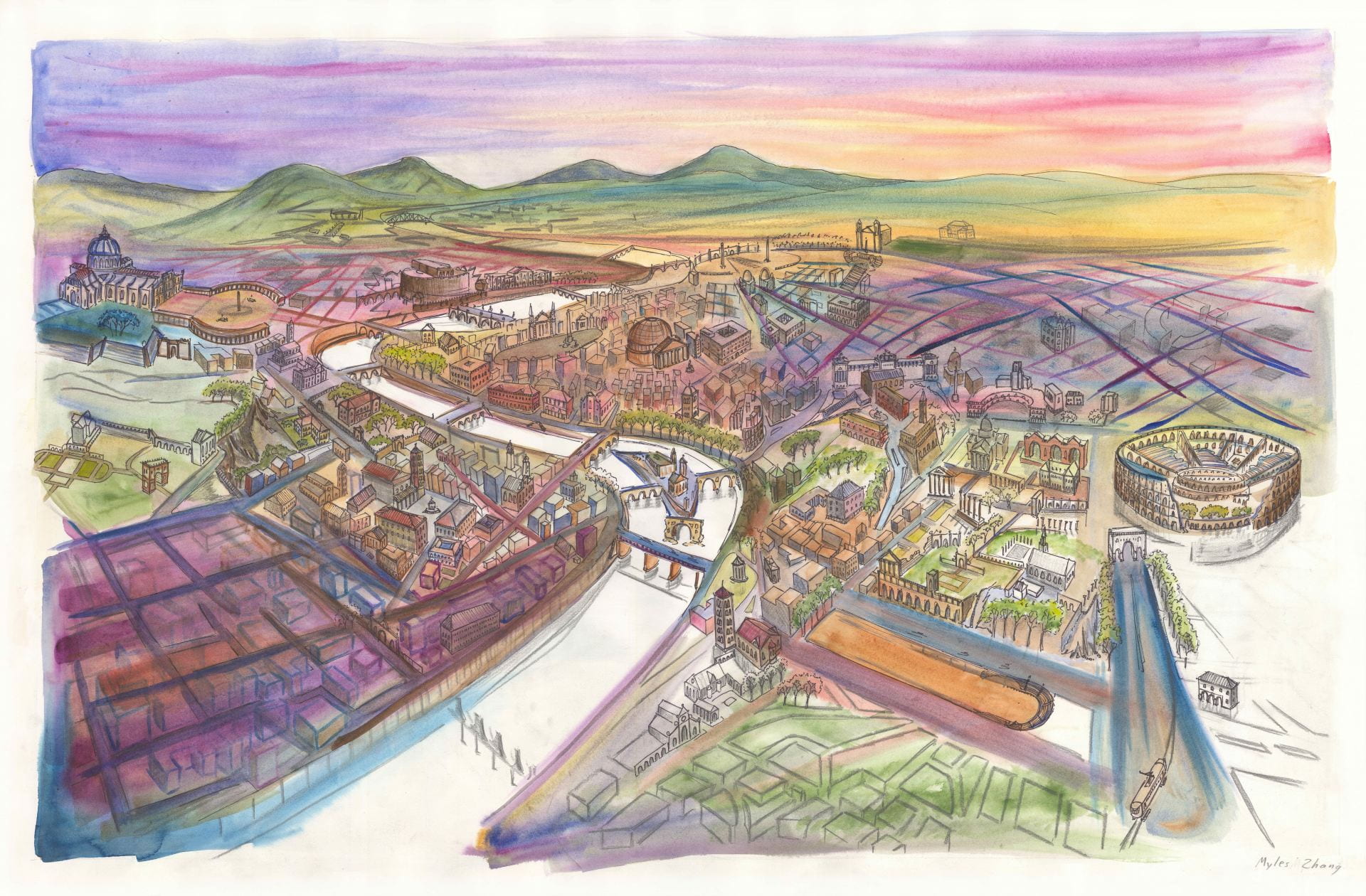
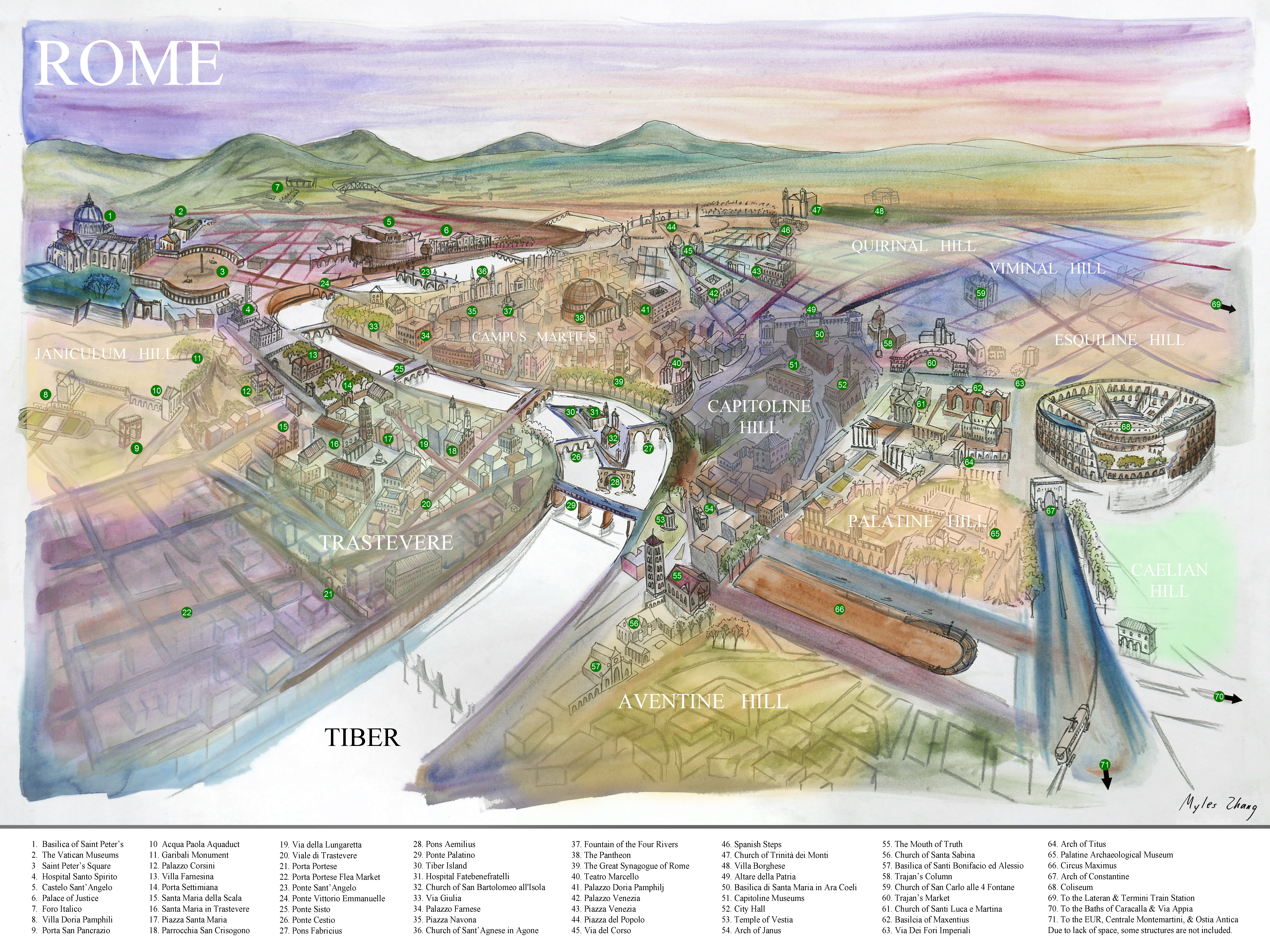
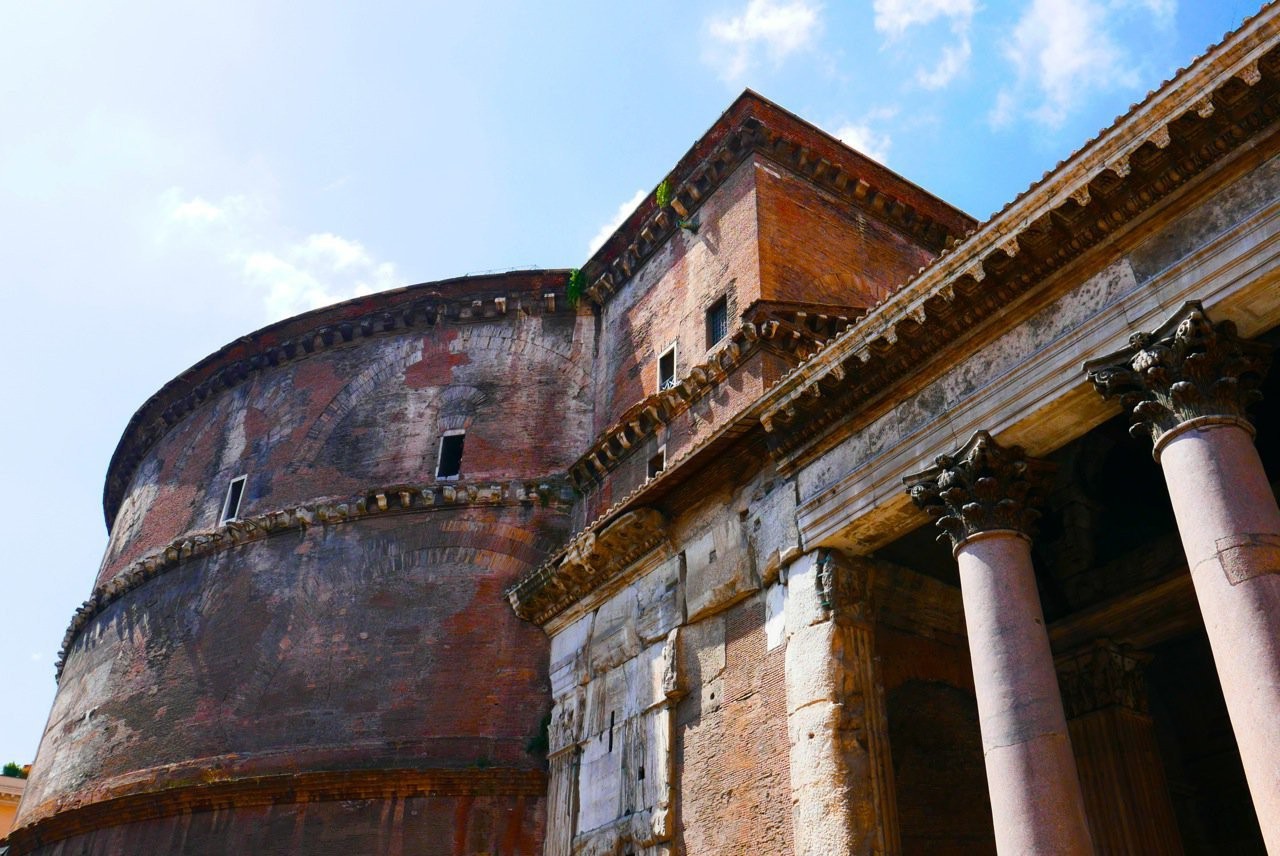
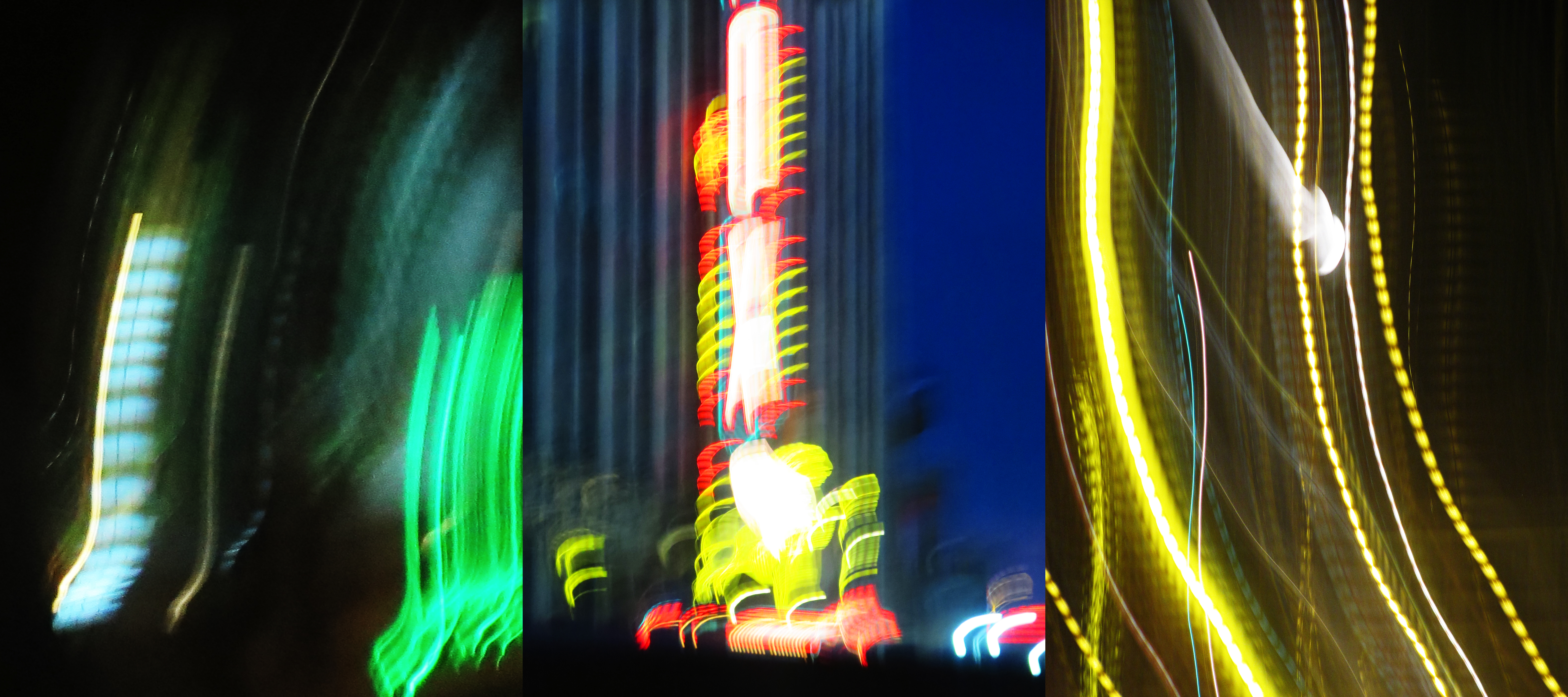 Left to right: lights from Newark, Detroit (Fox Theater marquee), and Santander (Spain)
Left to right: lights from Newark, Detroit (Fox Theater marquee), and Santander (Spain)

